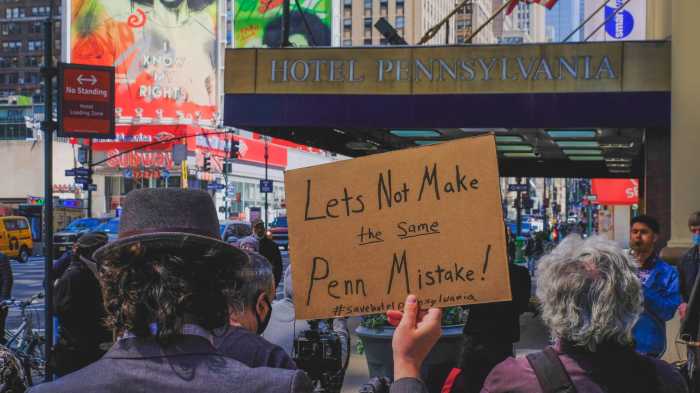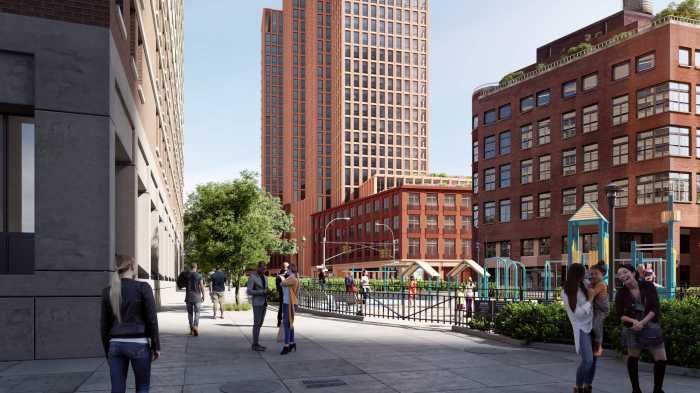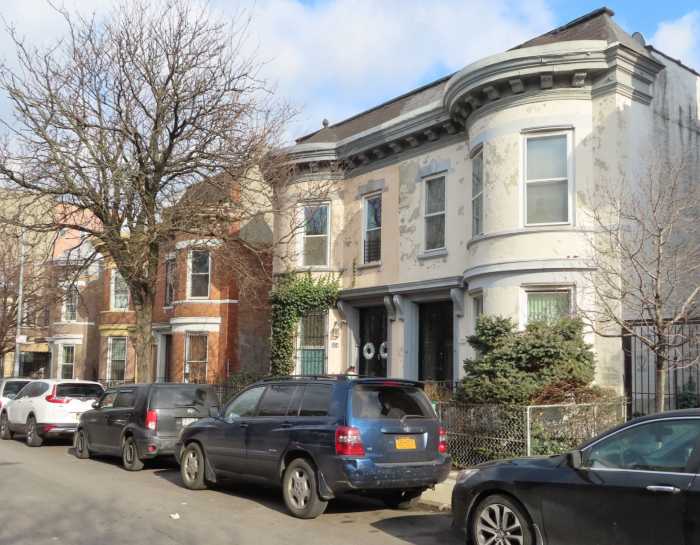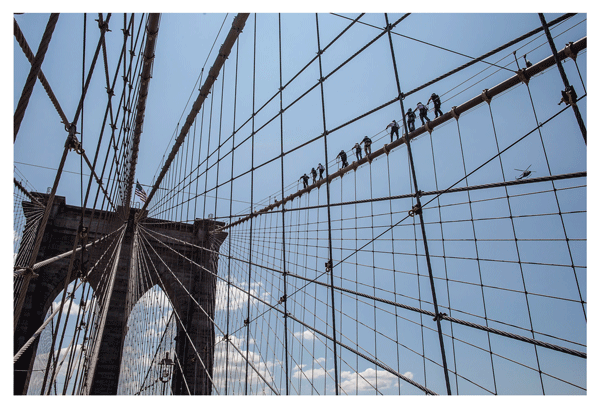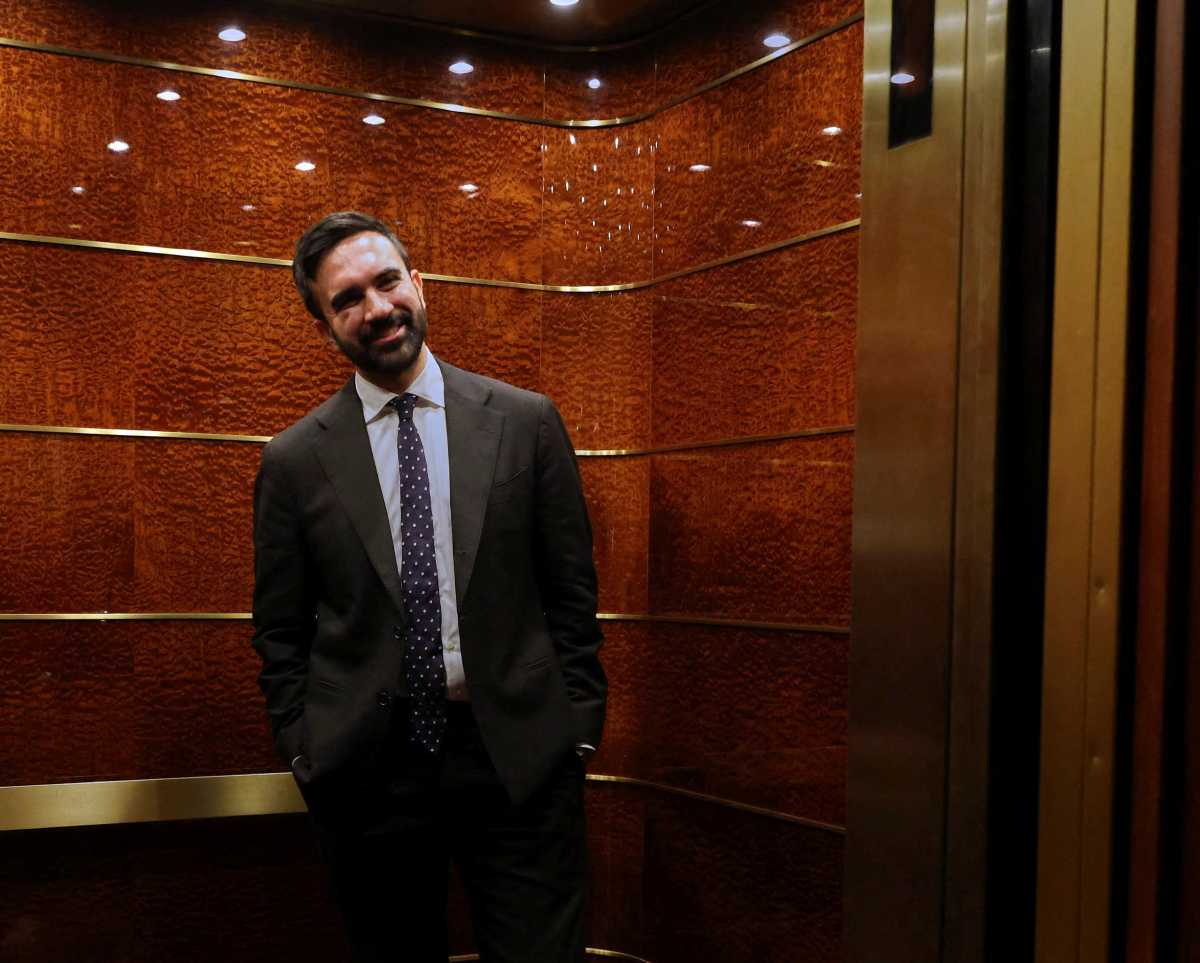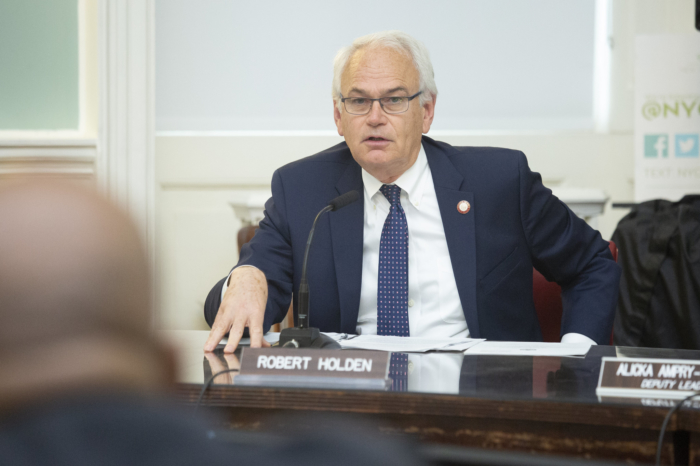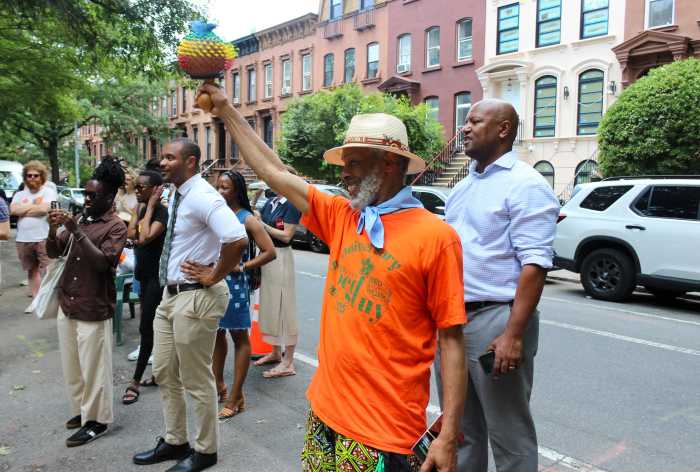Two Manhattan buildings have now been deemed official landmarks.
On May 18, the New York City Landmarks Preservation Commission (LPC) unanimously voted to designate 70 Fifth Avenue, known as the Educational Building, in Greenwich Village and Holyrood Episcopal Church-Iglesia Santa Cruz at 715 West 179th Street in Washington Heights, as landmarks. According to LCP, both buildings embody the city’s diverse history and remain culturally significant.
“LPC is committed to ensuring diversity and inclusion in our designations,” said Landmarks Preservation Commission Chair Sarah Carroll. “As part of our equity framework launched earlier this year, we are prioritizing designations like 70 Fifth Avenue and Holyrood Episcopal Church-Iglesia Santa Cruz, to make sure that we are telling the stories of all New Yorkers. 70 Fifth Avenue recognizes the important contributions of the NAACP, as well as many progressive organizations that advanced social justice and equity and Holyrood Episcopal Church recognizes the history of New York City’s Latino community in Upper Manhattan.”
Originally built in 1914, 70 Fifth Avenue is a 12-story L-shaped office and loft building that housed the national office of the National Association for the Advancement of Colored People (NAACP) from February 1914 to June 1923. During this time, the NAACP was able to grow nationally and launched a series of effective campaigns against segregation, race discrimination, and mob violence, particularly the horrendous practice of lynching. Since then, the building has hosted a number of nonprofit groups as tenants, including the American Union Against Militarism (AUAM) who founded the National Civil Liberties Bureau (later known as the ACLU) in the building, League for Industrial Democracy, League of Nations Union, National Board of Censorship in Motion Pictures (later the National Board of Review), National Child Welfare Association, New York Teachers Union, Pan American Society, Women’s Peace Party, and World’s Court League.
In 1972, 70 Fifth Avenue was acquired by The New School and is currently a part of the Sheila C. Johnson Design Center at The New School’s Parsons School of Design.
“As an institution founded to engage citizens in solving pressing social issues, The New School has long advanced the values of social justice and equality to strengthen our community,” said Tokumbo Shobowale, Executive Vice President for Business and Operations for The New School. “We welcome the designation, which recognizes the vital history of this building that today houses the university’s acclaimed Sheila Johnson Design Center, an academic and creative hub located at 70 Fifth Avenue. The space reflects The New School’s rigorous, multidimensional approach to education and provides a street-level view into the innovative work of our Parsons School of Design community.”
Built between 1911 and 1916, the Holyrood Episcopal Church-Iglesia Santa Cruz has been a significant pillar for the Washington Heights’ Latino community for the past 40 years. The church has provided facilities for the Dominican Women’s Development Center in response to the neighborhood’s large Dominican population, and the parish is currently involved in several programs for people of all ages, the LGBTQ community, the hearing impaired, immigrants, and the homeless and hungry.
In 2010, the church added its Spanish translation, becoming Holyrood Church – Iglesia Santa Cruz, with both medieval English word Holyrood and the Spanish Santa Cruz translating to “Holy Cross.”
“For over 125 years Holyrood Church-Iglesia Santa Cruz has been the heart and soul of Washington Heights,” said Father Barrios of Holyrood Church-Iglesia Santa Cruz. “We believe that the beauty of being a landmark is defined not only by the beauty of its physical structure but also by its ability to allow the community to have access to enjoy this space as a zone of liberation to reaffirm and accompany them in their daily struggles. Hence, we are proud to move our church into this new phase of interconnectedness and interdependence with the community.”




